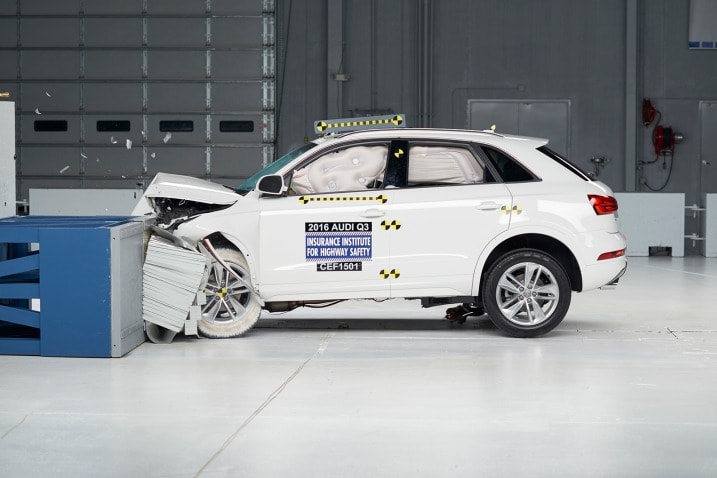Crash Test Scores Don't Compare Across Size Classes
One thing that can confuse car buyers is that cars of various sizes can carry identical safety ratings, making it seem that a small car is just as safe as a large SUV. It's not so.
The National Highway Traffic Safety Administration (NHTSA) has its five-star safety ratings. IIHS does its own crash tests and rates cars for crashworthiness from Good to Poor, based on the driver's ability to survive a crash.
These ratings are only useful when you're comparing cars within the same size class. If a small car has a five-star rating from NHTSA, that doesn't mean it will protect you as well as five-star-rated large sedan. The same holds true for a Good rating from the IIHS.
"The ratings are meant to be used to compare crashes with vehicles of similar size," said Adrian Lund, president of the IIHS. "You can't really go between the segments with these ratings."
IIHS produced this video in 2009 to illustrate the differences in what happens to different-size cars in a crash: The smaller car loses. As Lund says in the video, "While all cars have gotten safer in recent years, you can't repeal the laws of physics."
No crash test program can cover every accident scenario, but if you buy a car that scores well in the IIHS and NHTSA tests, your chances for avoiding serious injury or death significantly improve, regardless of the vehicle's size. This is good news for the small-car buyer who is looking for good mileage as well as safety.



 by
by 